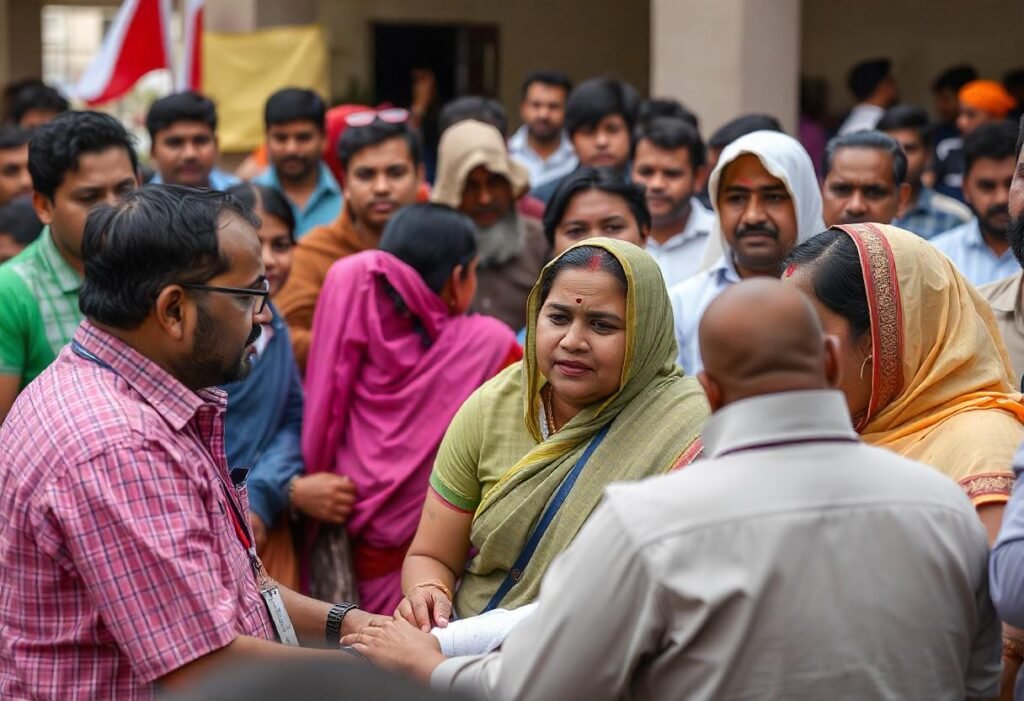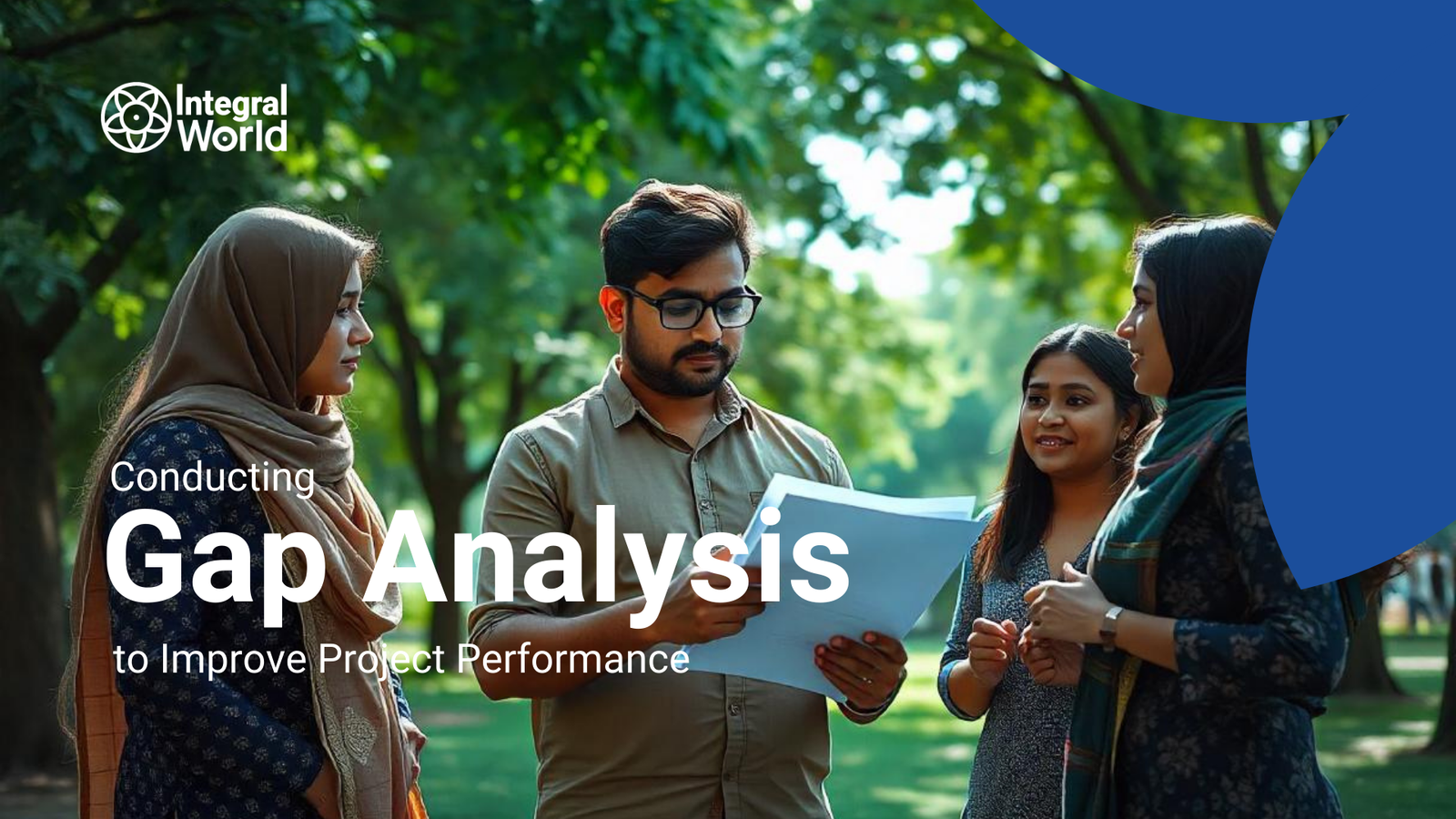It is important for businesses to know what they are doing wrong in order to get better. A gap analysis is a very useful tool that helps organizations identify areas that require improvements at the same time allocating their resources effectively leading them into achieving their set goals.
Guiding organizations through this process is an essential aspect of Integral World’s mission as a leader in sustainable and holistic development. This article examines what gap means; featuring industry experts’ opinions’, data-based predictions among others aimed at enhancing project performance.
Essentially an assessment tool gap analysis compares actual versus potential or desired project performance levels. It identifies gaps between present state projects are at compared to their future position thereby creating room for progress. Helping Integral World optimize project results through gap analyses also contributes towards continuous learning and growth.
Understanding Gap Analysis
What is Gap Analysis?
Gap analysis involves three main steps:
- Assessing the Current State: Documenting the current performance metrics as well as operational processes.
- Defining the Desired State: Establishing clear achievable objectives for future project performance.
- Identifying the Gaps: This involves analyzing purported gaps in the current state relative to a desired state, as well as determining reasons behind the gaps.
Benefits of Gap Analysis
- Improved Performance: Inefficiencies and areas that need improvement are pinpointed by gap analysis hence improving overall project performance.
- Resource Optimization: Responsible allocation of resources takes place with this kind of assessment.
Insights from Industry Experts
Expert Opinions
Change management guru Dr. John Kotter emphasizes the significance of gap analysis in leading organizational change. “For a company to successfully embrace change, it must have a clear picture of where it is today and where it wants to go—the real situation on the ground.”
According to Dr. Michael Hammer, one of the pioneers of business process reengineering, gap analysis plays a key role in process improvement. “By identifying performance gaps, organizations can reengineer their processes for better efficiency and productivity.”
Data-Driven Predictions
Moreover, recent studies highlight that gap analysis has become increasingly important for project management. According to Project Management Institute (PMI), companies that conduct gap analyses regularly are 30% more likely to complete projects on time and within budget, and they also report higher levels of stakeholder satisfaction and project success rates.
Practical Advice for Conducting Gap Analysis

Step-by-Step Guide
- Define the Scope: Clearly outline the scope of the gap analysis. Determine which aspects of the project or organization will be assessed.
- Gather Data: Collect relevant data on current performance metrics i.e., quantitative data (such as financial performance, timelines) and qualitative data (e.g., stakeholder feedback or employee surveys).
- Analyze Your Current State: Assess the current state of your project or organization by defining key performance indicators (KPIs) and benchmarks.
- Define Your Desired State: Set forth measurable goals looking ahead into future. These goals should conform with SMART criteria (Specific, Measurable, Achievable, Relevant, Time-bound).
- Identify Gaps: Compare what you have now with what you want to accomplish thus; establish what is missing between these two situations.
- Develop Action Plans: Devise actionable strategies that would cover these gaps identified among others like division of work responsibilities according to ranks and dates when those tasks are expected to be completed.
- Implement and Monitor: Effective implementation of these plans should be done and will monitor on regular basis. The strategies might also require adjustment so as to achieve the objectives.
Tips for Actionable Organizations
- Narrow your Goals: Identify particular, measurable and attainable goals that you are working on. These goals will serve as some of the yardsticks in doing your gap analysis exercise.
- Involving stakeholders: Involve stakeholders at every stage of the gap analysis process. Gaps identification and effective action plans rely heavily on their insights and feedback to come up with quality gaps.
- Use Data Efficiently: Put together and analyze both qualitative and quantitative data to understand where you are and what gaps still exist.
- Detailed Action Plans: These operational plans should be able to define who does what, when, how long it takes for them to be done with their tasks, and how much resources should be allocated to them; they should go hand-in-hand with reality so that they do not appear as mere wishful thinking.
- Continuous Monitoring of Progresses: Implement real-time monitoring systems that facilitates tracking progress as well as making necessary adjustments. Technologies can help simplify data collection, organization and interpretation processes during this period.
- Creatures of Learning Must Be Nurtured: The organization needs to foster continuous improvement in its culture. Gap analysis is a one-stop shop for continuous improvement and adaptation.
In summary,
At Integral World, effective gap analyses enhance our ability to improve project outcomes and achieve sustainable development goals. Our guiding organizations through such processes ensures they identify the gaps; optimize resource allocation while improving general project outcomes.
We encourage companies involved in projects, managers managing these projects or those interested in it from any angle possible rely on Integral World expertise in filling these voids using gap analysis tools. By partnering with Integral World, you will gain from well-established methodologies we apply there along with our expert advice plus manifestation of our commitment towards ending mediocrity in industry today throughout all stages\phases.
To find out more about how Integral World can assist your organization perform gap analysis and improve project performance, follow us on LinkedIn and visit our website. This way, we will be able to overcome the gaps which have made us lag behind in terms of performance but should be considered as we work towards achieving sustainable development goals.


Comments are closed for this article!